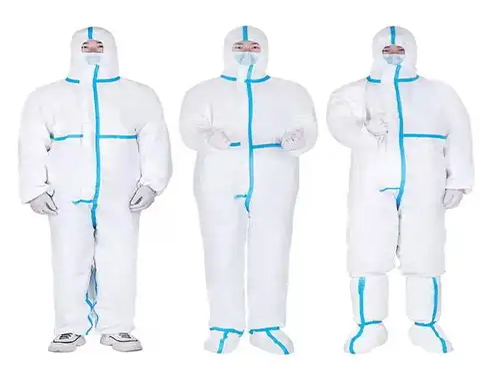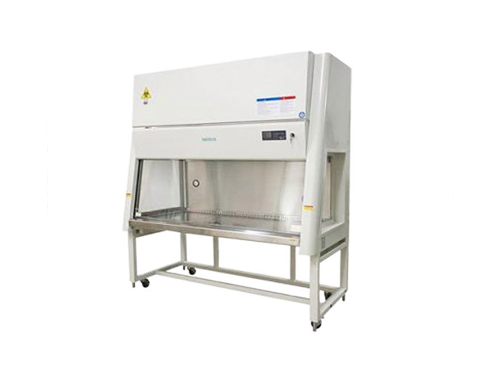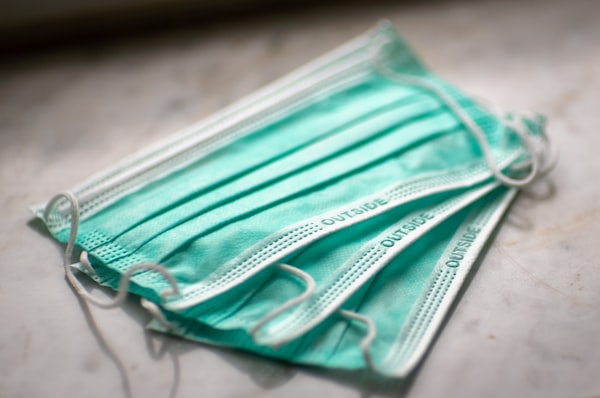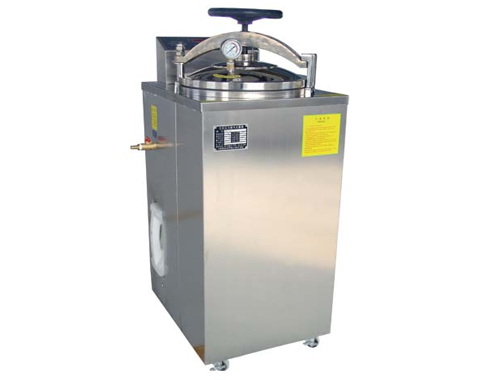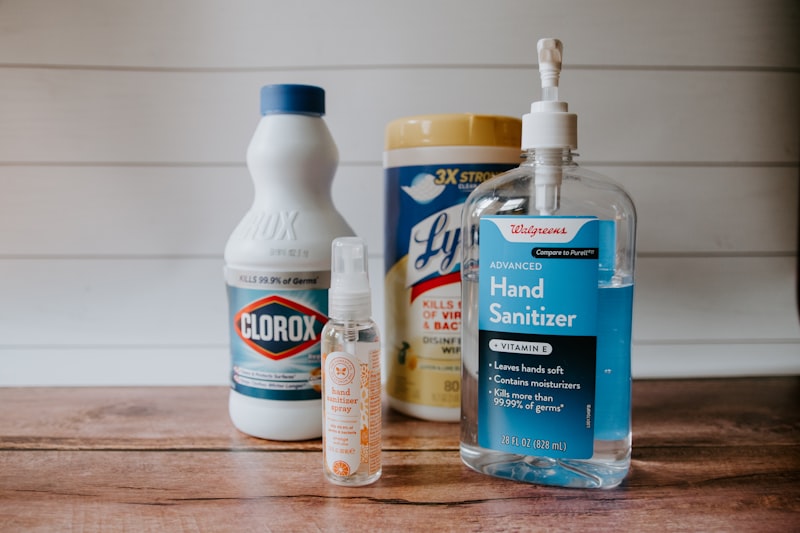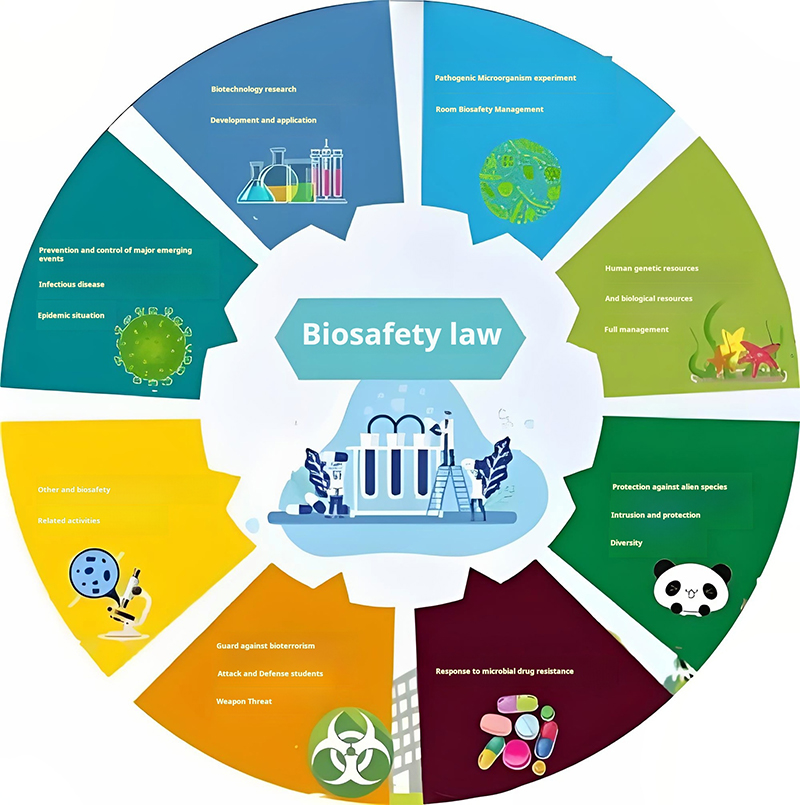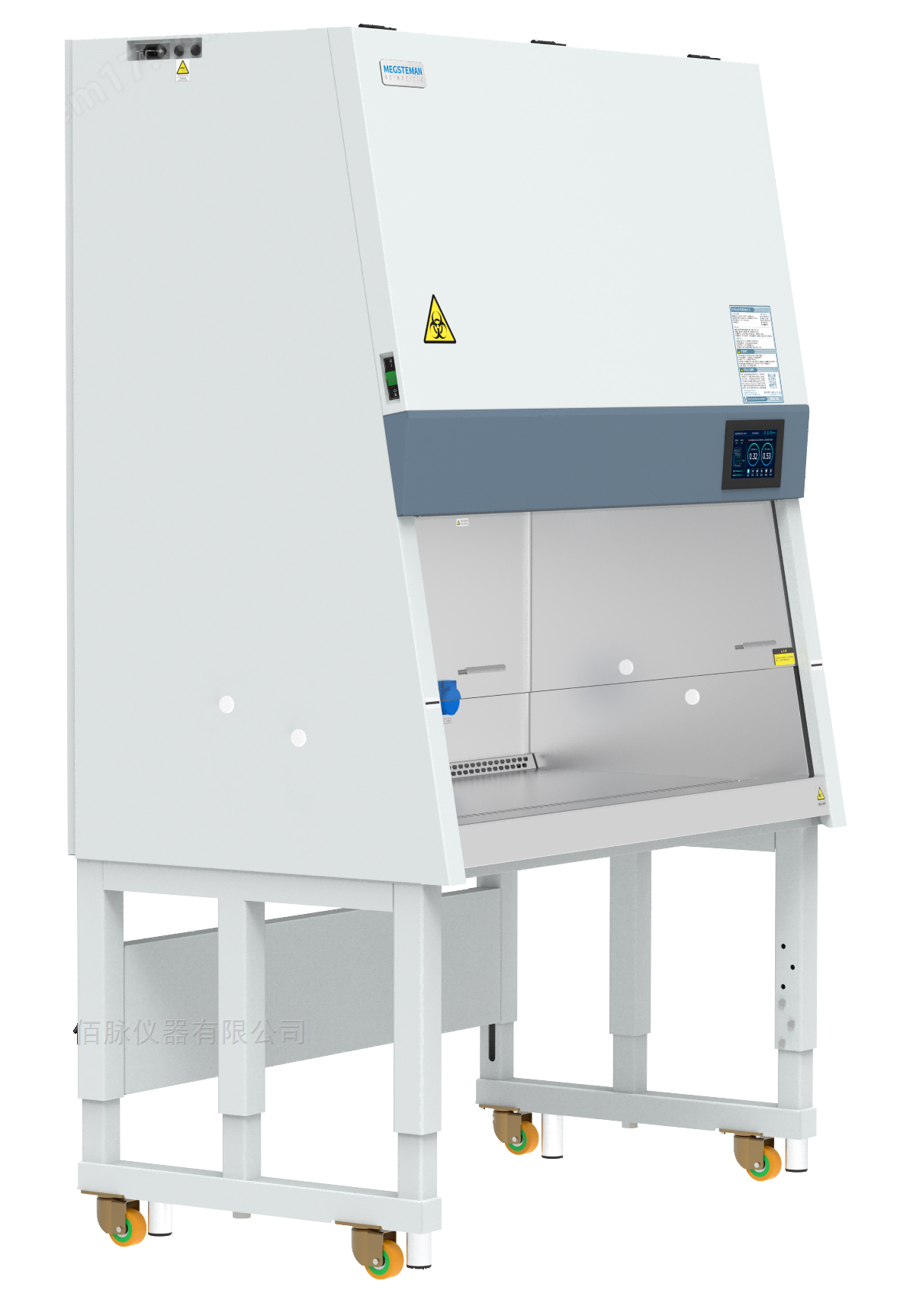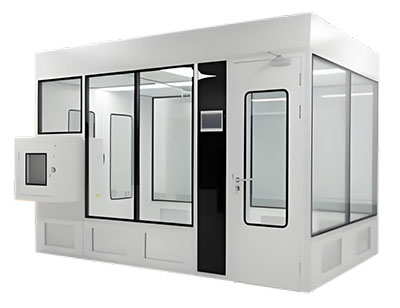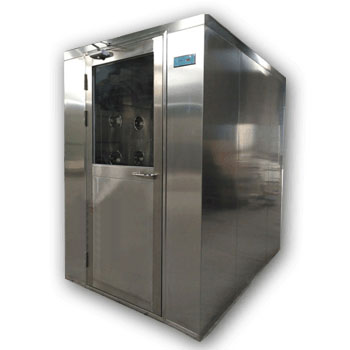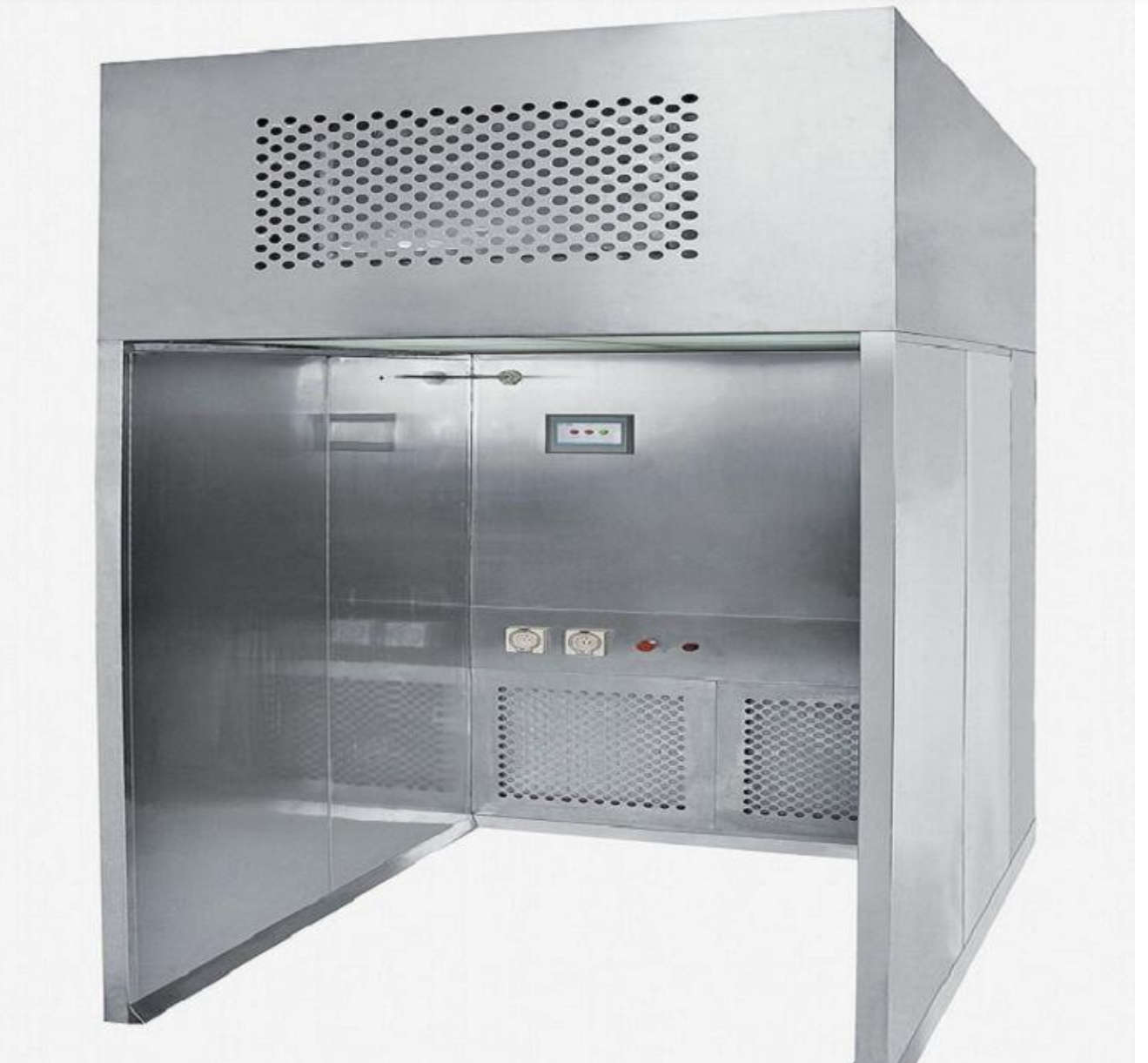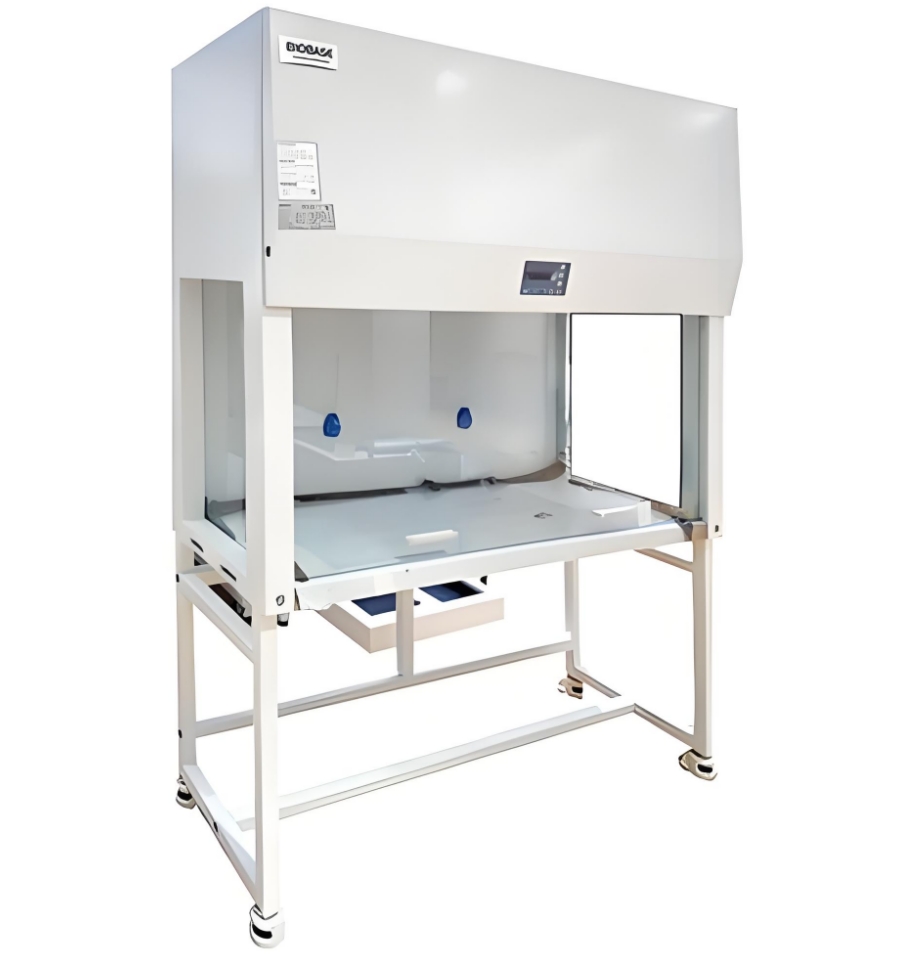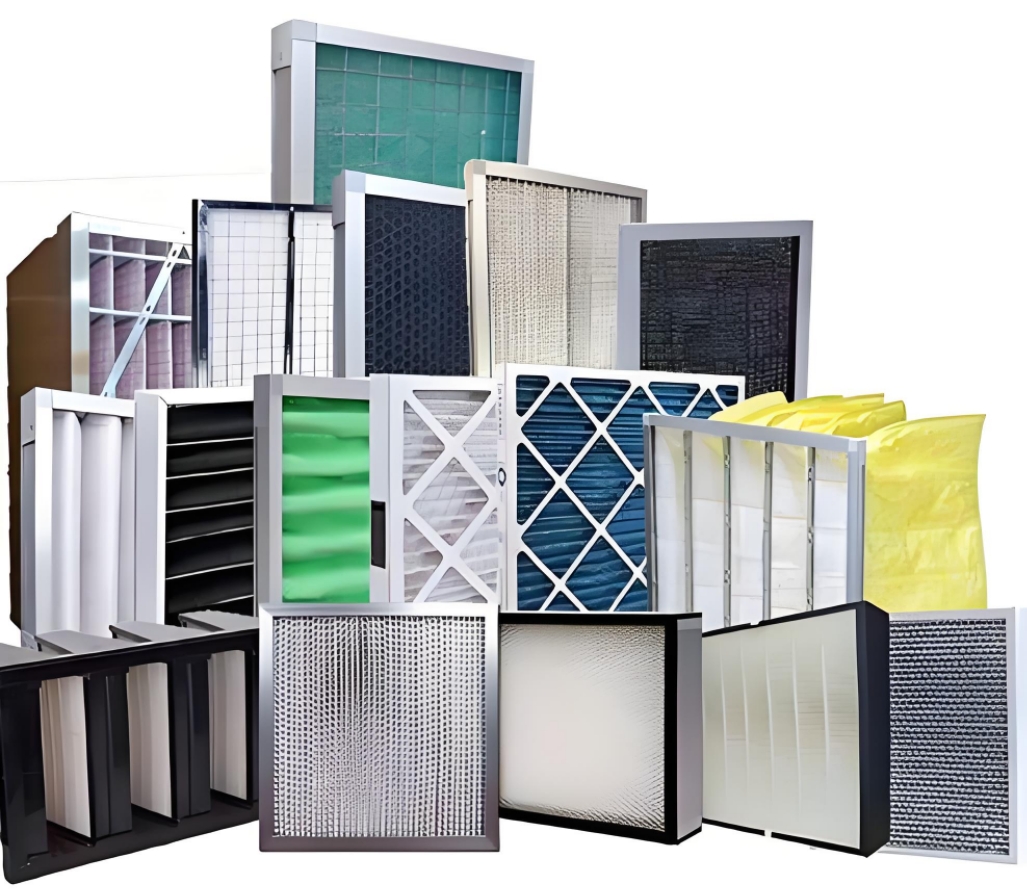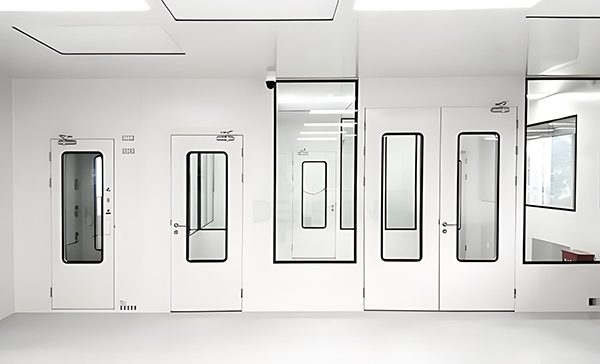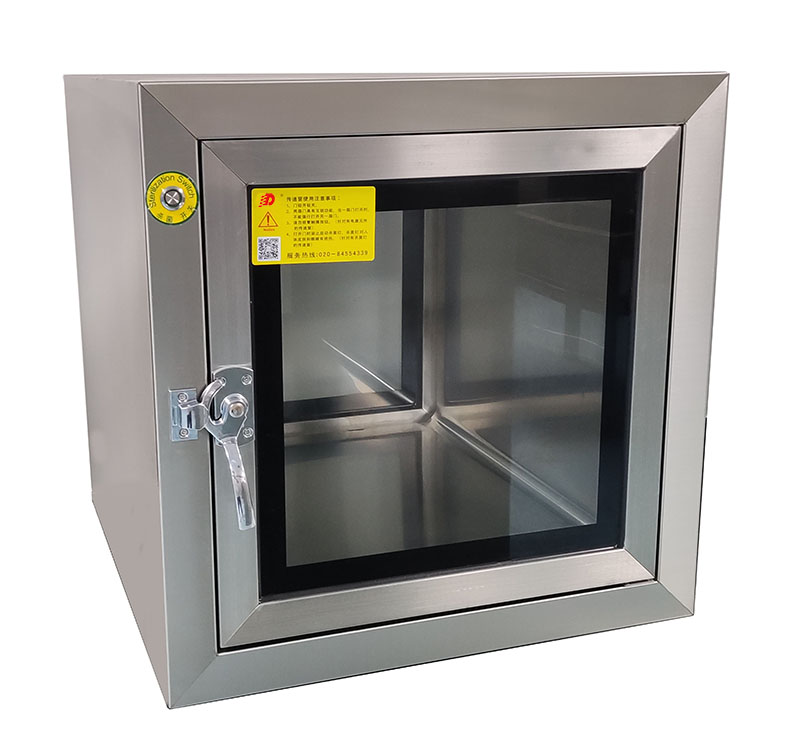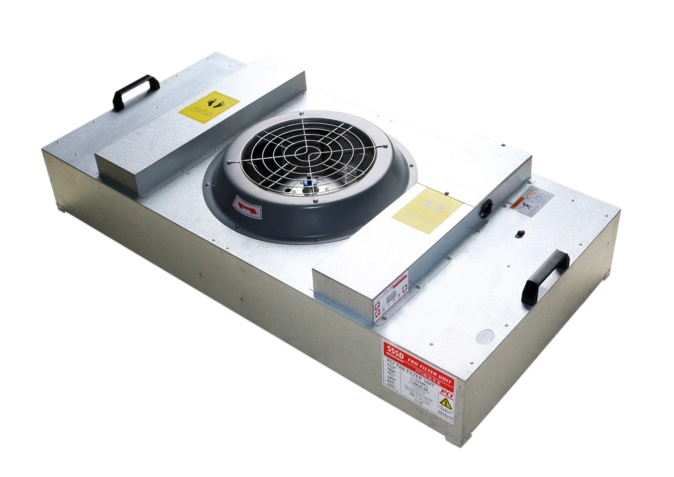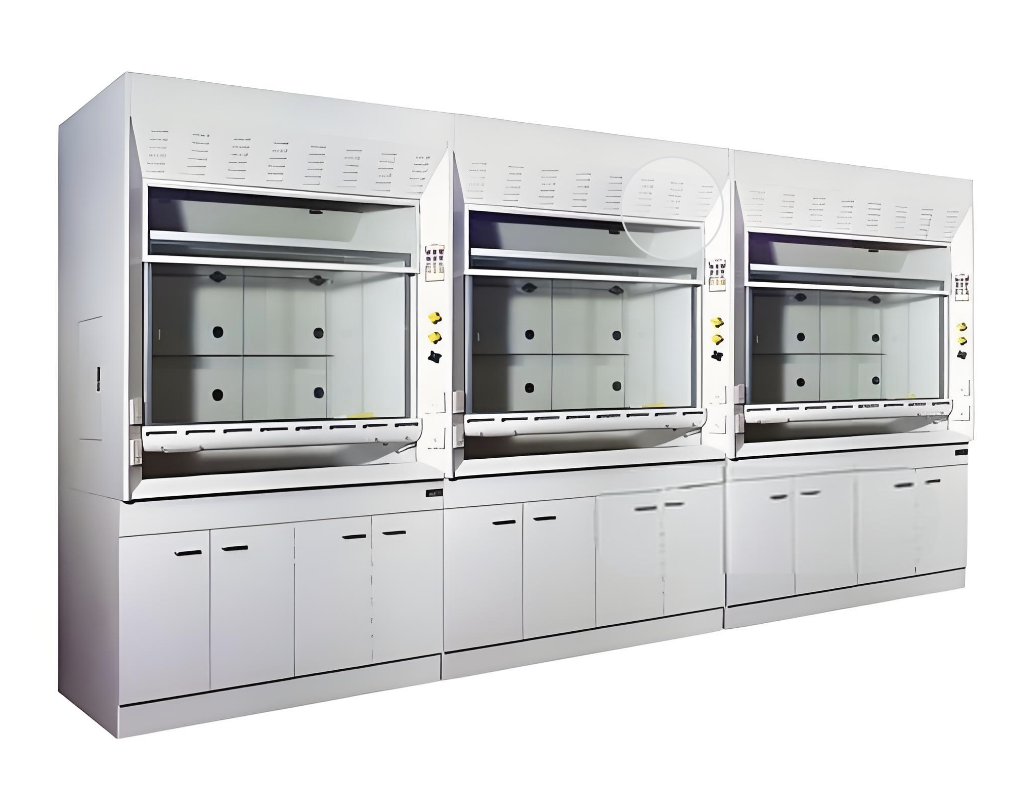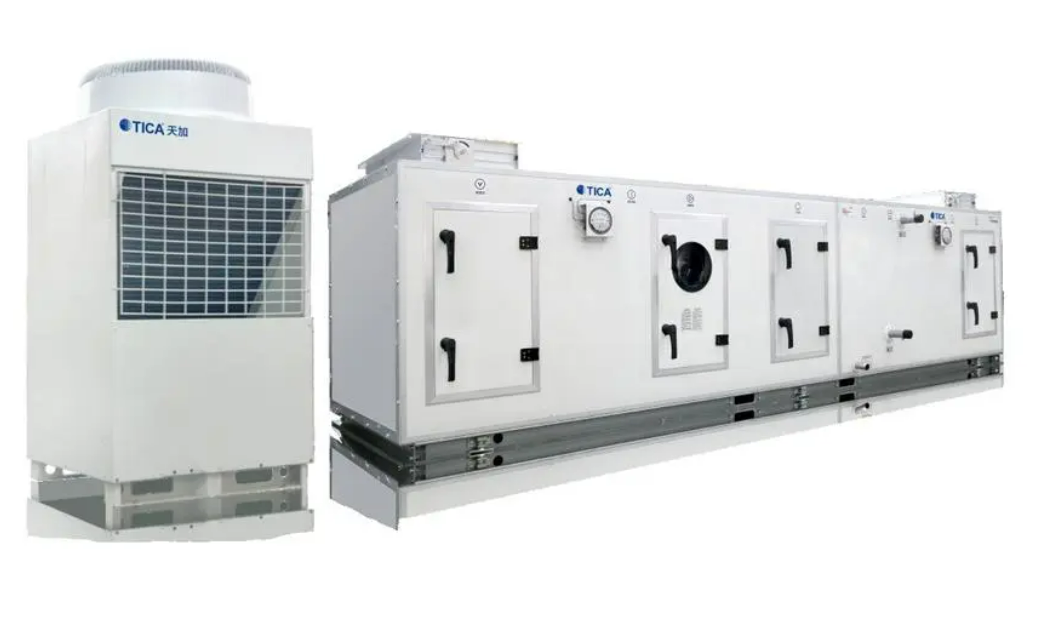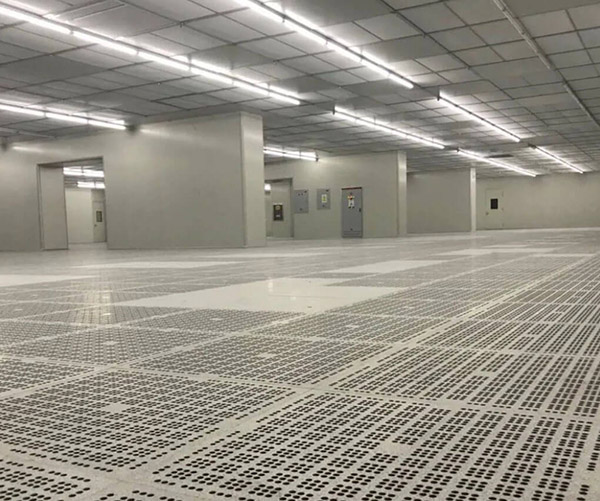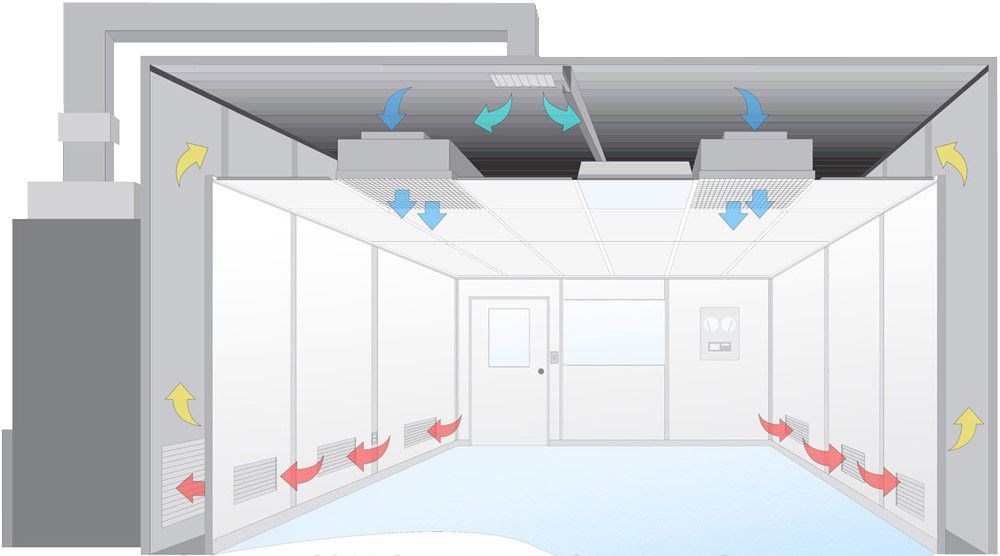Biohazard Protection
Essential Strategies for Healthcare, Research & Public Safety
In today's world, protecting against biohazards is crucial for ensuring the safety of healthcare workers, researchers, and the general public. Biohazards can arise from a variety of sources, including infectious agents, biological materials, and contaminated environments.
As a leader in clean room technology, Deiiang Company emphasizes the importance of implementing effective biohazard protection measures. This article explores various methods and equipment used to safeguard individuals and environments from potential biological threats.
Key Biohazard Protection Methods
What is Biohazard Protection?
Biohazard protection encompasses a range of strategies and tools designed to safeguard individuals and environments from exposure to infectious agents and harmful biological materials. This protection is particularly relevant in laboratories, healthcare settings, and any environments where biological materials are handled.
Effective biohazard protection involves a comprehensive approach that includes engineering controls, administrative practices, and personal protective equipment (PPE). It focuses on minimizing risk and preventing the transmission of infectious diseases through careful design of facilities, specialized equipment, and strict protocols.
Key Components:
- Engineering Controls: Biosafety cabinets, Ventilation systems
- Administrative Practices: Training, protocols, safety procedures
- Personal Protective Equipment: Gloves, masks, gowns, face shields
- Waste Management: Proper disposal of contaminated materials
PPE Requirements for Biological Hazards
For handling biological hazards, appropriate personal protective equipment (PPE) is essential to protect individuals from exposure to infectious materials. The specific PPE required may vary depending on the type of biohazard and the level of risk involved.
Essential PPE Components:
- Gloves: Latex, nitrile, or vinyl to protect hands
- Lab Coats/Gowns: Fluid-resistant barrier against spills
- Face Shields/Goggles: Eye protection from splashes
- Masks/Respirators: Surgical masks or N95 respirators
- Shoe Covers: Prevent spread of contaminants
- Hoods/Body Suits: For high-risk situations
Safe Biohazard Handling Procedures
1. Preparation & Training
Before handling biohazards, individuals must undergo comprehensive training on safety protocols and emergency procedures. This includes understanding specific risks and proper use of PPE. Always review Material Safety Data Sheets (MSDS) for chemicals or biological agents.
2. Handling Procedures
Perform tasks within biosafety cabinets to minimize exposure risks. Decontaminate surfaces before and after use, keep workspaces organized, and use autoclavable instruments. Avoid actions that create aerosols. Label all samples clearly and ensure proper containment during transport.
3. Post-Handling Procedures
After handling biohazards, remove and dispose of PPE properly, wash hands thoroughly, and document any incidents or exposures. Follow emergency protocols immediately for spills or exposures, including containment, decontamination, and reporting.
Emergency Response Protocol
- Alert others in the area
- Contain the spill immediately
- Decontaminate using appropriate solutions
- Remove and dispose of contaminated PPE
- Wash exposed areas thoroughly
- Report the incident to supervisors
Importance of Biosafety Cabinets
Biosafety cabinets are critical for providing a controlled and safe environment when handling biohazardous materials. They protect laboratory personnel from exposure to infectious agents and prevent the release of harmful aerosols into the environment.
Key Functions:
- Personnel protection from hazardous materials
- Product protection from contamination
- Environmental protection from harmful agents
- Compliance with safety regulations (CDC, WHO)
Guide to Buying Biosafety Cabinets
Types & Classifications
Consider Class I, II, or III based on protection level. Class II is most common for user and product protection balance.
Certification Standards
Ensure compliance with NSF/ANSI 49 and certification by recognized testing organizations.
Manufacturer Support
Choose reputable Manufacturers like Dechuang Kunling Company for quality products and reliable support.
Conclusion
Biohazard protection is vital in today's research and healthcare environments. Utilizing appropriate PPE, biosafety cabinets, and following strict handling protocols are essential steps in mitigating risks associated with biological hazards.
Deiiang Company is dedicated to providing advanced Clean Room technologies and solutions that enhance safety, compliance, and operational efficiency in laboratories. By investing in quality equipment and adhering to best practices, organizations can significantly reduce biohazard risks, ensuring safer work environments for all.
© 2023 Biohazard Protection Guide | Created for Educational Purposes
 +86 18186671616
+86 18186671616 Jason@cleanroomequips.com
Jason@cleanroomequips.com
 MENU
MENU
